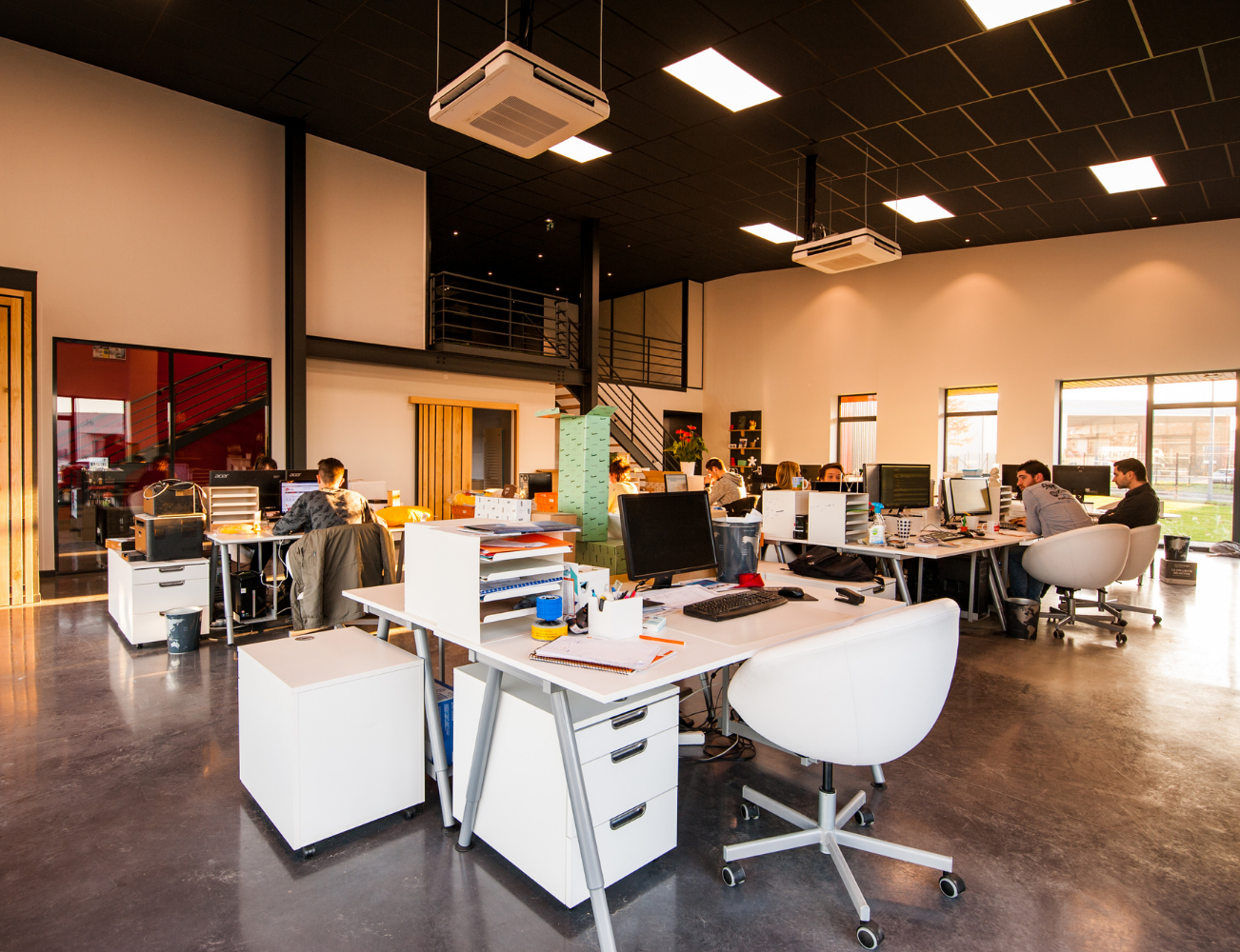This is an excerpt from my chapter in IR Global‘s latest publication ‘Exploring a Hybrid Future’, which you can download here.
There are at least two types of bias – unlawful bias based on legally protected classifications, and a broader bias against certain employees without implicating equal employment laws. In considering unlawful bias, employers must be alert to and test for adverse impact in employment practices along the lines of any protected classification: whether in hiring, promoting, terminating, equal pay or the conditions of employment in hybrid work. If a protected class of worker is experiencing proximity bias, that might amount to unlawful discrimination. An example along these lines during the pandemic could be a requirement that older or medically vulnerable employees work from home because of their health or advanced age, missing out on opportunities at work.
Looking more broadly at the issue of proximity bias, treating individuals differently as a result of where they perform services may cause dissatisfaction, internal complaints, declining productivity and morale, supervisory challenges and poor retention. A sense of unfair treatment can be a source of conflict among co-workers and lead to human resource issues. Not everyone succeeds in a remote situation requiring personal initiative and provided with less oversight. Performance shortcomings can be more difficult to diagnose and challenging to address appropriately. While many people view remote work as a privilege, others do not, especially if favouritism occurs for those working on-site.
Companies aware of these problems aim to address the sense of exclusion and isolation by implementing practices to enhance internal communication, loyalty, workplace culture and, ultimately, job satisfaction. That is not a simple process and requires innovation in teambuilding and communication to create the interactions and relationships that occur with regular interpersonal contact. There are no easy, off-the-shelf solutions. Digging into this challenge is an ongoing process, as businesses adapt to hybrid work arrangements.
If you’d like to read more of my feature, click here.

